SR9009, also known as Stenabolic, is a synthetic compound often referred to as a rev-erb agonist, meaning it targets and activates the rev-erbα and rev-erbβ receptors in the body. Although it’s frequently categorized as a SARM, it doesn’t fit perfectly into the same category as traditional SARMs like RAD-140 or Ostarine, as it works through different biological pathways. SR9009 is mainly researched for its potential to increase endurance, fat loss, and energy expenditure.
Key Features of SR9009:
- Increased Endurance: SR9009 has been shown to enhance endurance and physical performance, particularly in activities like running, cycling, and intense exercise. This is achieved by altering the expression of genes involved in energy metabolism.
- Fat Loss: Some research indicates that SR9009 may help reduce fat stores by increasing the rate at which the body burns fat for energy.
- Improved Muscle Recovery: SR9009 has been associated with reduced inflammation and quicker recovery times, making it appealing for athletes who push their bodies to the limit.
- Improved Metabolism: It stimulates the body’s metabolism and has the potential to increase energy expenditure even during periods of rest.
Benefits of SR9009:
- Enhanced Endurance and Stamina: SR9009 is often used by athletes and bodybuilders because it may improve endurance and stamina, allowing for longer, more intense workouts.
- Fat Burning: By increasing metabolic activity and fat oxidation, SR9009 can potentially help reduce body fat, particularly in conjunction with a proper diet and exercise routine.
- Improved Exercise Recovery: SR9009 may speed up recovery times between workouts by reducing inflammation and promoting the regeneration of muscle tissue.
- Increased Energy Levels: Users may feel more energetic and have greater motivation to exercise, due to SR9009’s effects on metabolism and fat-burning pathways.
How SR9009 Works:
SR9009 functions by activating the rev-erb receptors, which are involved in regulating circadian rhythms, metabolism, and fat storage. When activated, these receptors can increase the expression of genes responsible for:
- Fat oxidation: Using fat for energy rather than storing it.
- Increased mitochondrial activity: Mitochondria are the “powerhouses” of cells, and more efficient mitochondria means higher energy production, leading to better endurance and faster recovery.
- Regulation of circadian rhythms: This can lead to improved sleep and wake cycles, helping with overall recovery and well-being.
Side Effects and Risks:
SR9009 has not been studied as extensively as other performance-enhancing compounds, so its long-term effects are not fully understood. However, some potential side effects could include:
- Lack of Long-Term Research: Since SR9009 is a relatively new compound, there is limited research on its long-term safety. We don’t know the full scope of potential risks yet.
- Possible Disruption of Sleep Patterns: As it impacts circadian rhythms, some users might experience disruptions in their sleep cycles, though this seems to vary from person to person.
- Mild Side Effects: Some users have reported mild side effects such as headaches, fatigue, or nausea, although these are generally less common and tend to resolve with time or adjustment of dosage.
- Testosterone Suppression: While SR9009 doesn’t directly suppress testosterone like traditional SARMs or steroids, it could have indirect effects on hormone levels due to its influence on metabolism and fat stores, which can affect the body’s overall hormonal balance.
Dosage of SR9009:
SR9009 is typically taken in doses ranging from 10 mg to 30 mg per day. It has a short half-life (about 4-6 hours), meaning it needs to be taken multiple times throughout the day to maintain stable levels in the body. The most common regimen is to split the daily dose into 2-3 smaller doses.
- 10-20 mg per dose taken 2-3 times daily is a common approach.
- It’s typically taken alongside meals to improve absorption and minimize potential stomach discomfort.
Cycle Length and PCT:
SR9009 is often used in cutting cycles due to its fat-burning and endurance-enhancing properties. Since it is not suppressive to testosterone or estrogen, it generally does not require post-cycle therapy (PCT), unlike SARMs or steroids that can suppress natural hormone production.
A typical cycle length for SR9009 is 6–8 weeks, after which users typically take a break.
Legal Status:
SR9009 is not FDA-approved for human consumption, and its use is generally limited to research settings. It’s often marketed as a “research chemical” and is not approved as a dietary supplement. Due to its unregulated status, the purity and quality of SR9009 products on the market can vary significantly.
Conclusion:
SR9009 (Stenabolic) is an interesting compound with potential benefits for fat loss, endurance, and recovery. It works by modulating metabolic pathways and increasing fat burning while enhancing performance. However, since it’s not fully studied and its long-term effects are unknown, it’s essential to approach it with caution, especially given the lack of regulation in its sale.
Are you exploring SR9009 for athletic performance, fat loss, or something else? Let me know if you need further details!

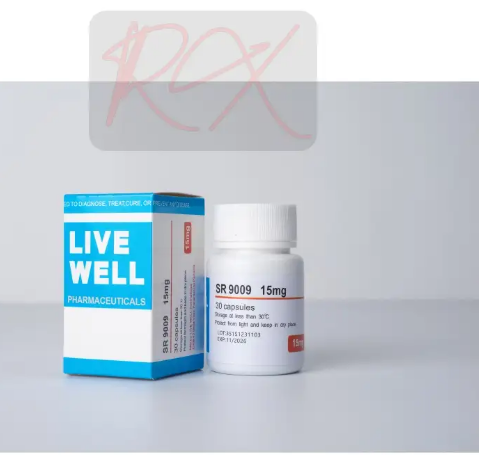
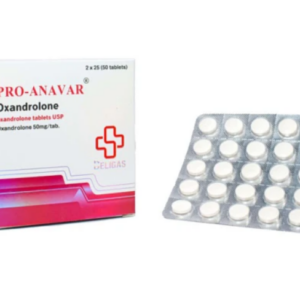
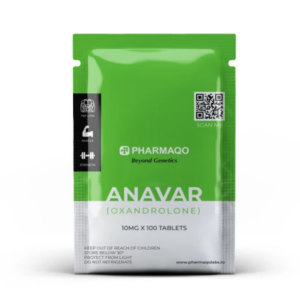
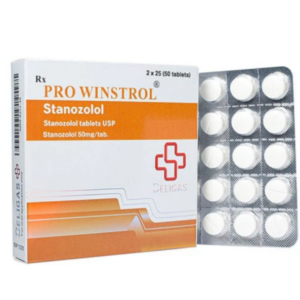
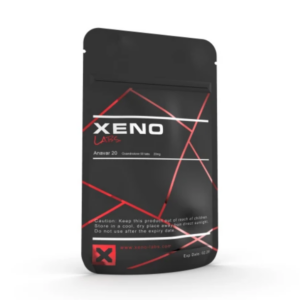
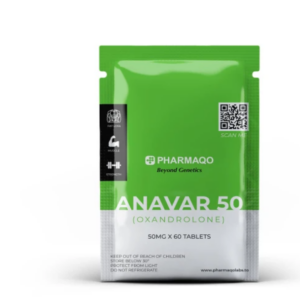
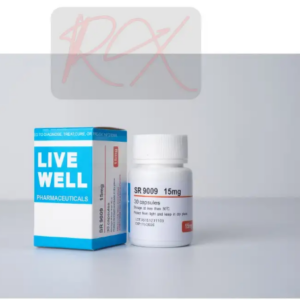
Reviews
There are no reviews yet.